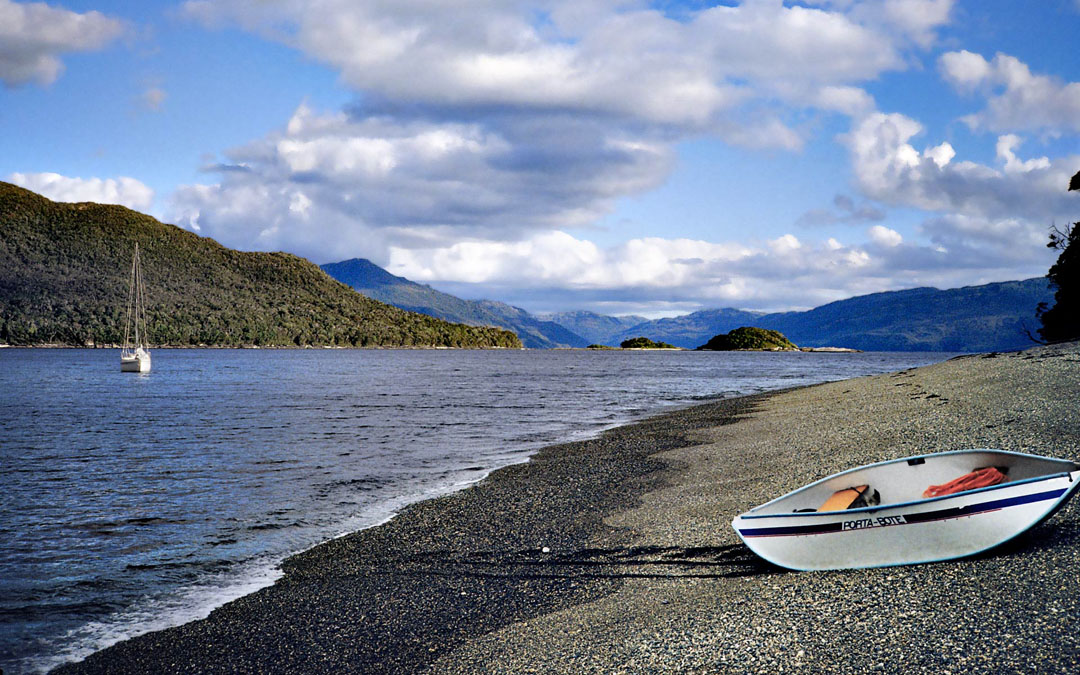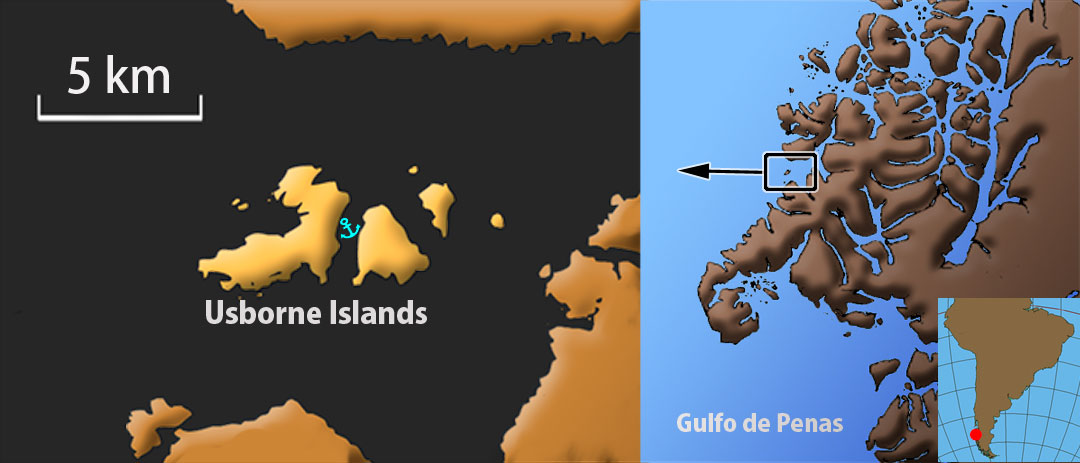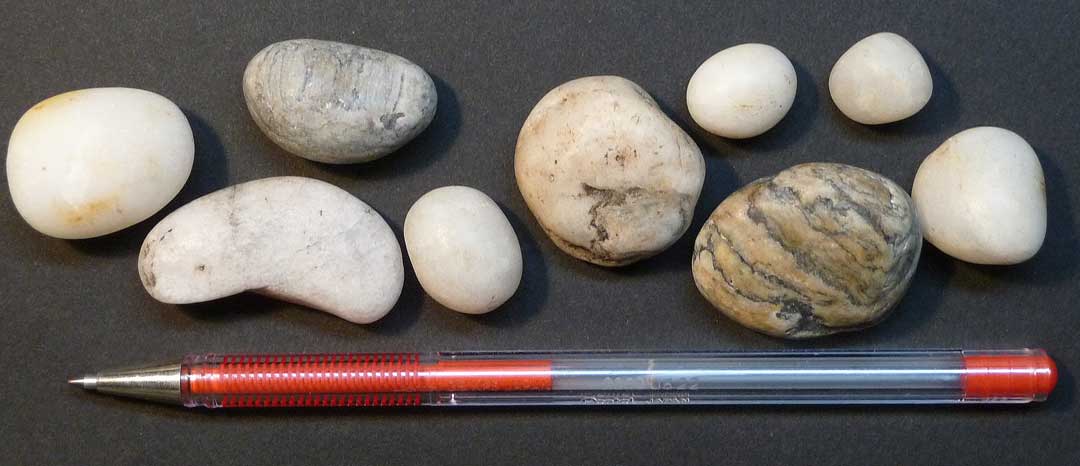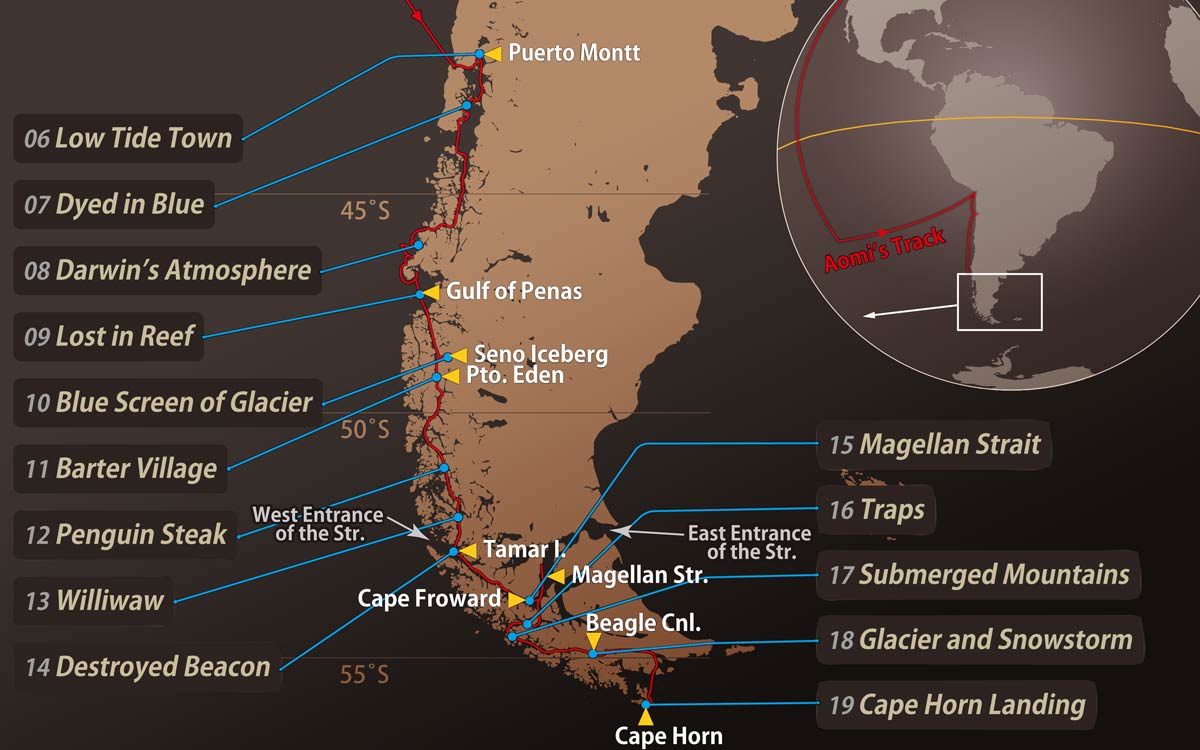08. Darwin’s Shadow
Have you ever, in your travels or daily life, suddenly understood the meaning behind your ancestors’ actions or their hardships? In that moment, you may find yourself strangely certain: “Ah, so that is what it was all about.”
As I sail south through this sea of islands, how often has my mind drifted across the centuries?

Even today, when people travel to every corner of the world, some places remain truly untouched.
Forty-six days after entering the Patagonian Archipelago, Aomi, still heading south through a vast and uninhabited wilderness, stopped at the desolate Usborne Islands. The group consists of three small islands and a scattering of rocks.
No one has any reason or need to visit these remote, lonely islands. These waters have likely never been surveyed; no depth soundings are shown on the charts. I have even spotted rocks and peninsulas that do not appear on them. There must be hidden dangers lurking in waters this unknown.

Steering carefully to avoid submerged rocks, I brought Aomi toward the island, which is about five kilometers long. The U.S. Sailing Directions, my trusted guide, offers only a brief note:
“Small vessels can take anchorage in 5 to 6 fathoms (10 m), sand, off the east side of the western and largest.”
Indeed, a beautiful stretch of yellow sand lines the island’s shore. As the Sailing Directions suggest, the bottom should be sandy, so the anchor ought to hold firm. I expect to sleep soundly tonight.
After lowering the anchor, I secure the anchor rope to Aomi, start the engine, and let her run to pull the rope taut to make sure the anchor is properly set.
To my surprise, the anchor slips. The seabed may be so hard and compact that the anchor’s fluke cannot bite into it. To determine which anchor suits the seabed, I decide to test all three types I carry aboard Aomi.
Three hours later, after repeatedly hauling up and lowering the heavy anchors again and again, I am at a loss. No matter which one I try, even the Danforth anchor known for its grip in sand, the result is the same.
No, that can’t be. If it’s really a sandy bottom, the anchor should hold. Something’s wrong!
It is already dusk. If I do not act quickly, the sun will set, and darkness will follow fast. If the wind rises tonight, Aomi will be swept into complete darkness far from civilization and crash upon the islands. My only option is to tie a long rope to a tree ashore instead of relying on the anchor. I load the 80‑meter rope into the dinghy and row toward the yellow beach.
The moment I step ashore, I am stunned. I cannot believe my eyes. Beneath my feet lies a beach of pebbles, like those seen in a goldfish bowl.
With each step, my boots sink into the pebbles. When I pull them free, the pebbles spill over the tops, offering no resistance at all. If the seabed is like this, composed mostly of pebbles, it is no wonder the anchor will not hold. It is like trying to anchor on a bed of pachinko balls: the tiny steel balls used in Japan’s pinball-style game.
In that moment, a thought strikes me.
Since the dawn of human history, few ships have ever anchored here, and I may be the first to set foot on this island. Perhaps a British ship in the 19th century stopped here during its exploration of the archipelago. They might have mistaken the yellow beach for sand. They probably dropped a small greased lead to check the seabed’s depth and texture. But when they hauled the lead back up, it was natural for grains of sand, mixed with pebbles, to stick to the grease. Seeing those sandy grains and the yellow beach ahead, they likely wrote in their log, “Sandy bottom, suitable for anchoring.” That note may have found its way into the Sailing Directions. They probably had no reason or need to go ashore on this remote island. And perhaps since then, no vessel has anchored here, and no one has set foot on this island for more than a hundred years. The presence of these pebbles may have gone unnoticed until now.
In a region so rarely visited by ships, it is no surprise that much of the anchorage information is outdated. In fact, page 310 of the U.S. Sailing Directions for South America, Volume II (see references at the end of this book), notes the Hazard Islands farther south:
“The Beagle twice occupied an anchorage under these islands, but found it very bad and exposed.”
In the 1830s, the ship Beagle visited these islands, carrying Charles Darwin, later famed for his theory of evolution. Their report, written over 150 years ago, still remains the only information about these islands in the Sailing Directions.
This region may be among the least explored corners of the world.


Hi! Any questions or suggestions about the content are greatly appreciated.
I’d also love writing tips from native English speakers. Since English isn’t my first language, if you notice any awkward phrases or anything that seems off, please let me know.
Thank you!
E-mail